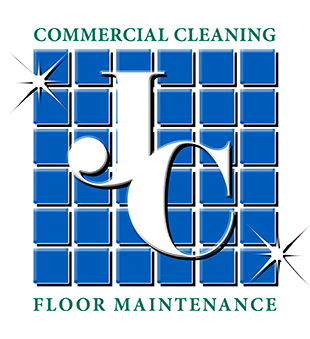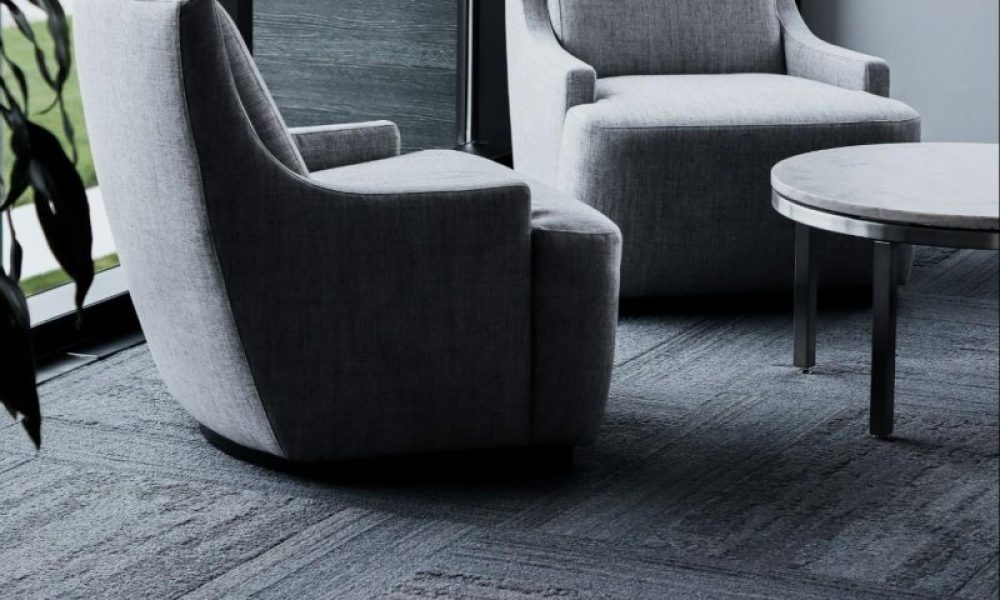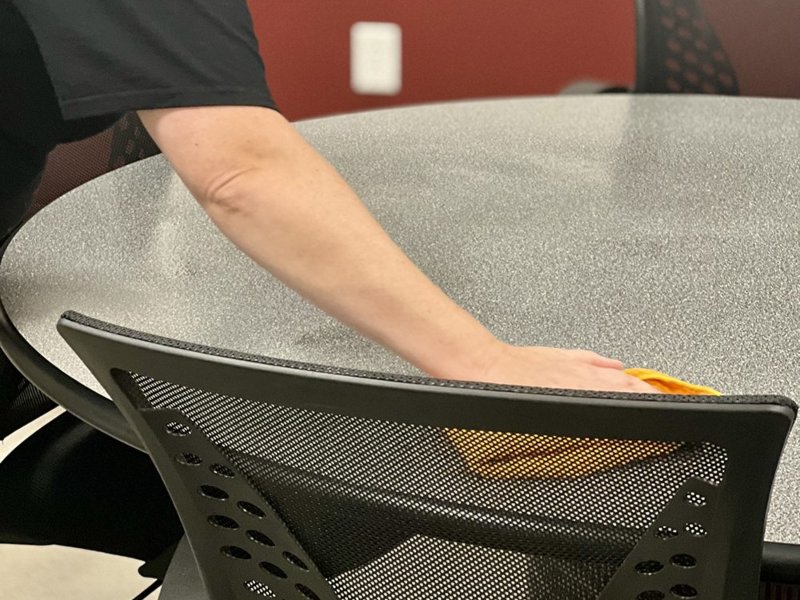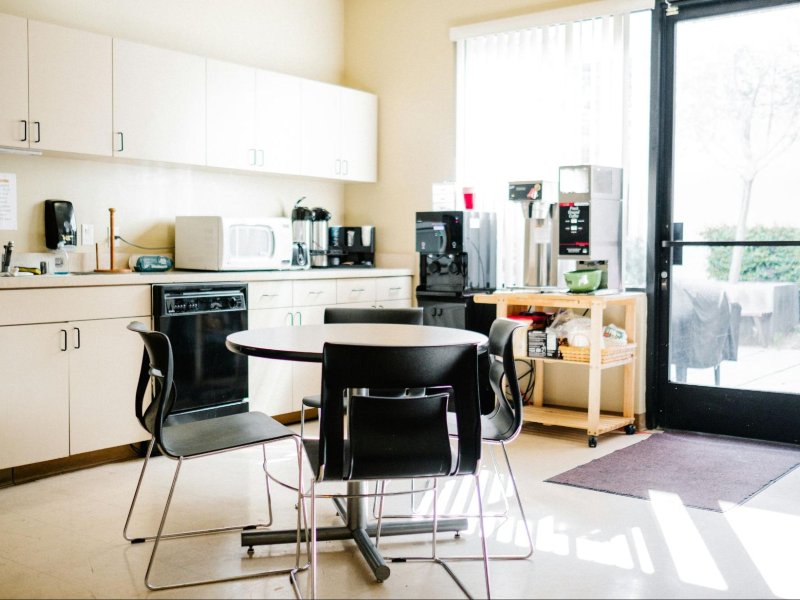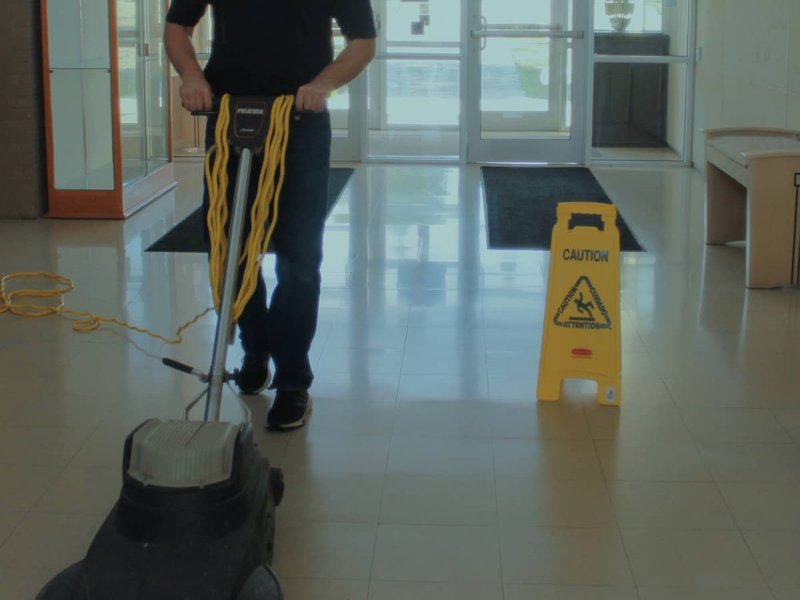Water damage to office carpets can be one of the most frustrating issues a business owner faces. Whether it’s from a burst pipe, a leaky roof, or a natural disaster, water can seep into your carpet quickly, causing stains, foul odors, and potentially harmful mold growth. However, it’s crucial to act swiftly and decisively to minimize the damage, protect your property, and ensure the health and safety of your employees and customers. In this guide, we’ll walk you through the necessary steps to handle water damage to your office carpets, preventing long-term issues and keeping your workspace in top condition.
Step 1: Act Quickly to Prevent Further Damage
The first and most important step in handling water damage to your office carpet is to act quickly. According to our pals at Stanley Steemer, water can cause damage to carpet fibers, padding, and subflooring in a matter of hours. The longer the carpet stays wet, the more difficult it will be to restore it to its original state.
Start by identifying the source of the water and stopping it. If it’s a plumbing issue, turn off the water supply. If it’s caused by a leaky roof or broken window, try to temporarily seal the leak with plastic sheeting or towels.
Once the source is under control, begin removing as much water as possible. Use mops, towels, or a wet/dry vacuum to soak up any standing water. If the water is deep or widespread, you may need to rent specialized equipment like water extraction machines.
Step 2: Remove the Carpet from the Affected Area
After absorbing the excess water, you should remove the carpet from the affected area as quickly as possible to prevent further water absorption into the fibers. This is especially important if the water has soaked through the carpet into the padding or subfloor.
Carefully lift the carpet at the corners and work your way across the affected area. If the carpet is glued down, use a scraper to gently lift it without damaging the fibers. Once the carpet is lifted, place it on a clean, dry surface, and begin drying it out.
Step 3: Dry the Carpet and Padding
After removing the carpet, it’s time to dry both the carpet and the padding beneath it. The padding, especially, is highly absorbent, and if not dried thoroughly, it can lead to mold and mildew growth.
If the water damage is limited to a small area, you may be able to dry the carpet and padding with a combination of fans, dehumidifiers, and natural ventilation. Set up a few high-powered fans around the room, ensuring that the air circulates beneath the carpet to dry both the fibers and the padding. If possible, remove the padding completely and allow it to dry in a separate, well-ventilated area.
For larger areas or more severe damage, you may need to rent industrial drying equipment. Commercial-grade fans and dehumidifiers can speed up the drying process, significantly reducing the likelihood of mold growth and water stains.
Step 4: Inspect for Mold and Mildew
After the carpet and padding have dried, it’s essential to check for signs of mold or mildew. If the area was left wet for an extended period, there’s a chance that spores have already begun to grow. Mold can pose serious health risks and can also permanently damage your carpet.
Inspect the carpet closely for any discoloration, unpleasant odors, or visible mold growth. If you spot any signs of mold, it’s best to call in a professional cleaning company that specializes in mold remediation. They can ensure that mold is completely removed and prevent it from spreading further.
Step 5: Clean the Carpet Thoroughly
Once you’ve dealt with the water and mold issues, the next step is to clean the carpet thoroughly. Water damage often leaves behind dirt, grime, and other contaminants that can affect the appearance and hygiene of the carpet.
For light cleaning, you can use a carpet shampooer or a gentle cleaning solution mixed with warm water. For more serious contamination, consider hiring a professional cleaning service that can deep clean and sanitize your carpets. Steam cleaning, in particular, can help eliminate bacteria, remove odors, and restore the carpet’s original look.
Step 6: Reinstall the Carpet
Once the carpet has dried and been cleaned, it’s time to reinstall it. If you removed the padding during the drying process, lay down new, dry padding before replacing the carpet. Be sure to check the subfloor to ensure it is completely dry and free of any water damage or mold growth.
Reinstall the carpet by rolling it back into place and ensuring that it lies flat and taut. If necessary, use a carpet stretcher to remove any wrinkles or bulges that might have formed during the drying process.
Step 7: Prevent Future Water Damage
After addressing the current water damage, the final step is to take proactive measures to prevent future incidents. Regular maintenance and proper precautions can go a long way in protecting your office carpets from water damage.
Start by inspecting your building for any potential issues with plumbing, roofing, or windows. Ensure that gutters are clear and that the roof is in good condition. If flooding is a concern, consider installing sump pumps or additional drainage solutions.
In the event of a storm or other water-related event, make sure your office is properly prepared. Keep valuable equipment and documents off the floor, and consider investing in water-resistant carpets or flooring for high-risk areas. You may also want to educate your staff about how to react in case of a water emergency, ensuring they know how to act quickly and effectively to minimize damage.
Conclusion
Water damage to office carpets can be overwhelming, but with the right steps, you can quickly mitigate the damage and restore your space to its former condition. Acting quickly to stop the source of the water, drying the carpet thoroughly, and cleaning and inspecting for mold are all crucial to handling water damage effectively. By taking preventative measures, you can protect your office and ensure that your carpets stay in excellent condition for years to come.
